QuestionMy elderly calico female, Tuna Fish, has recently begun to have changes in color on her coat. Where some black spots may have been, they have since turned a dark orange color. She has also gained a lot more white areas along her underside.
Along with the changes in coat color, she has also grown thin, and not eating as much as she used to in the recent year or so.
Although she is 13 years old, she is perfectly able to keep up with my 15 month old cat, Neko. Although I'm not sure if this will help you any, but Tuna is an indoor and outdoor cat, and has also experienced extremely stressful situations in her lifetime. (She's been through three hurricanes; all three hurricanes completely destroyed our home.) We've also moved many times, but she seems to be able to adapt quickly to the changes.
Any answer is helpful.
AnswerHi, Ash. I would definitely consult a vet. At her age, we start seeing lots of problems that can cause changes in coat quality and appetite. One would be kidney failure. Diabetes also effects the coat but usually increases appetite, but it may cause nausea and loss of appetite, as well. Same with hyperthyroidism. Also, low protein can cause exhaustion, weight loss and possibly results in a reddening of black fur. Many times, protein loss is caused by chronic diarrhea or metabolic problems.
I think it would definitely be worth running a full blood panel on Tuna Fish to see where all her values stand. This will give you her blood count to rule out anemia and infection and may also indicate if she's got cancer, it will provide her kidney values, liver values, thyroid level, pancreatic levels, blood protein levels and blood glucose if your vet suspects diabetes. This screen will tell you an awful lot about what's going on with her. So in my opinion, that's the only place to start.

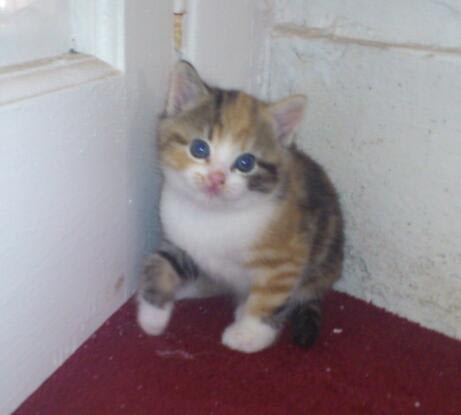 is my male kitten a tortoiseshell?
Question
our wee guy our wee guy
Hi,
I am
is my male kitten a tortoiseshell?
Question
our wee guy our wee guy
Hi,
I am
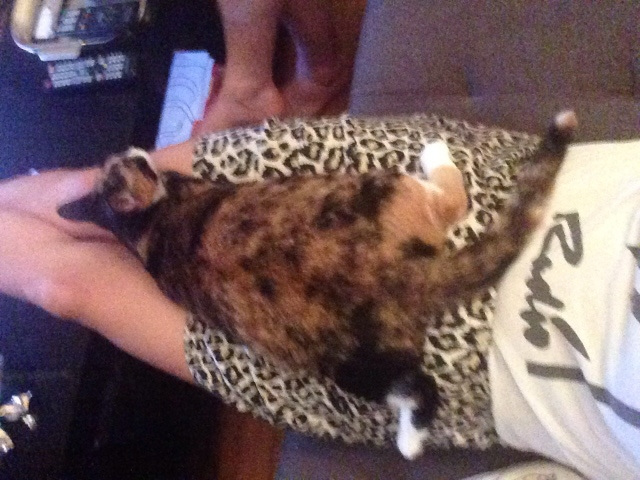 Cat eating too much?
Question
Chickpea
Hello,
Ive attached a photo of
Cat eating too much?
Question
Chickpea
Hello,
Ive attached a photo of
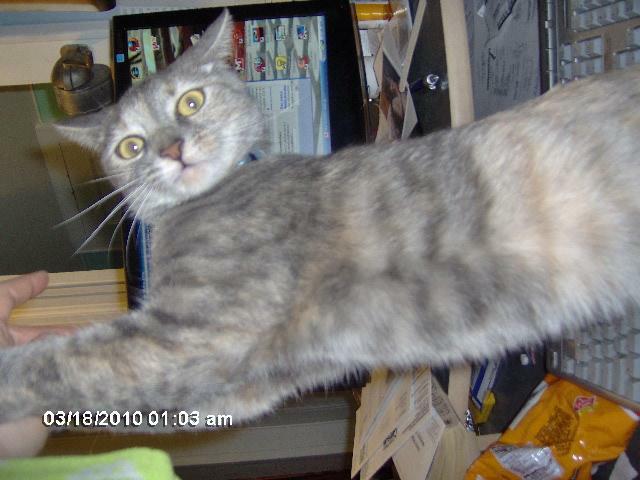 my cat is REALLY long, like a weasel!
QuestionQUESTION: Im hoping you can help me identify my
my cat is REALLY long, like a weasel!
QuestionQUESTION: Im hoping you can help me identify my
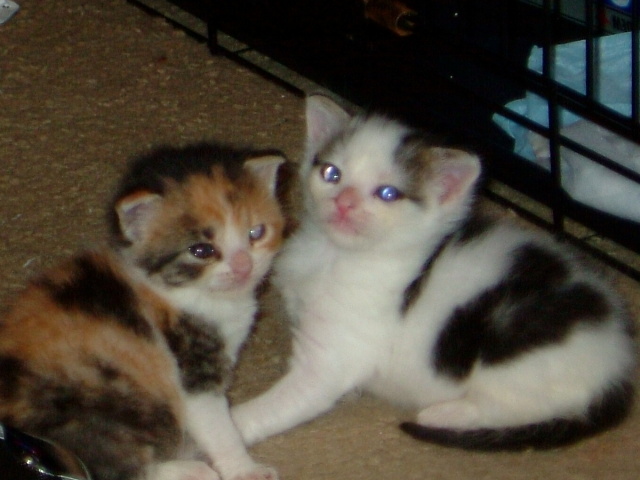 2 Ferals
Question
Sister and Brother at
Hello!
Im so glad I fo
2 Ferals
Question
Sister and Brother at
Hello!
Im so glad I fo
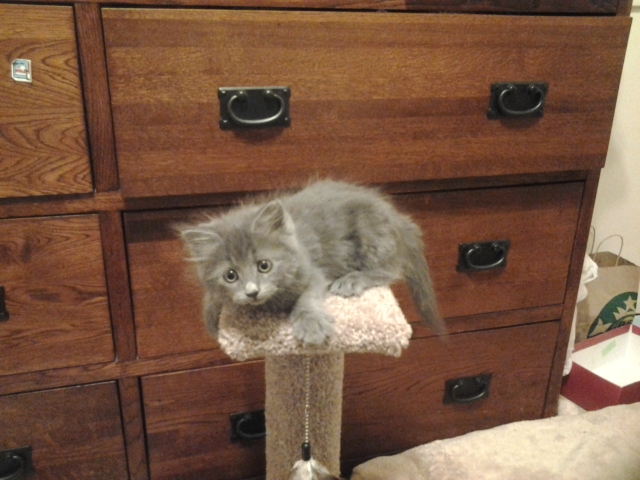 why does my kitten keep peeing on the bed
Question
My kitten
my 7-8 week old kitten has b
why does my kitten keep peeing on the bed
Question
My kitten
my 7-8 week old kitten has b